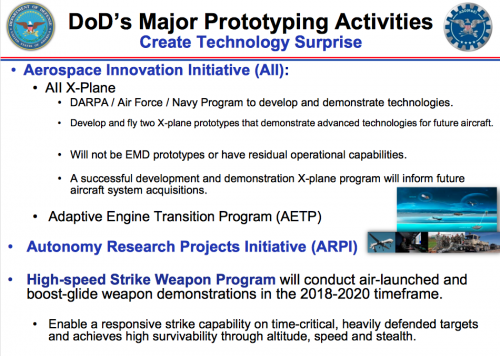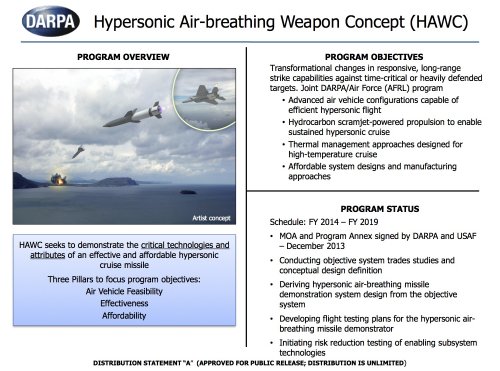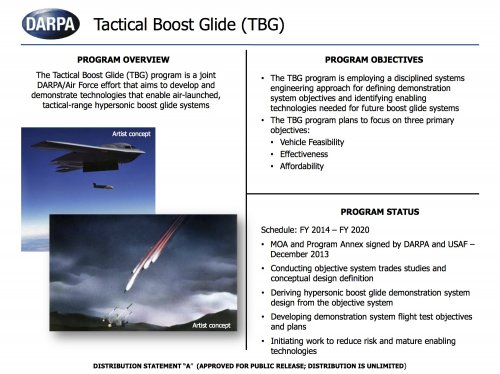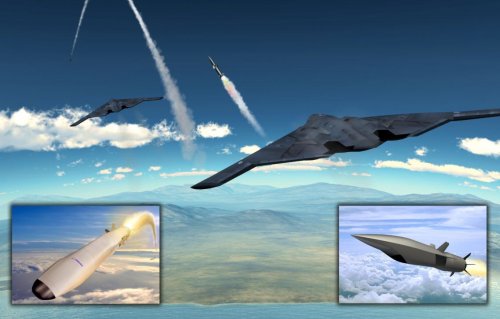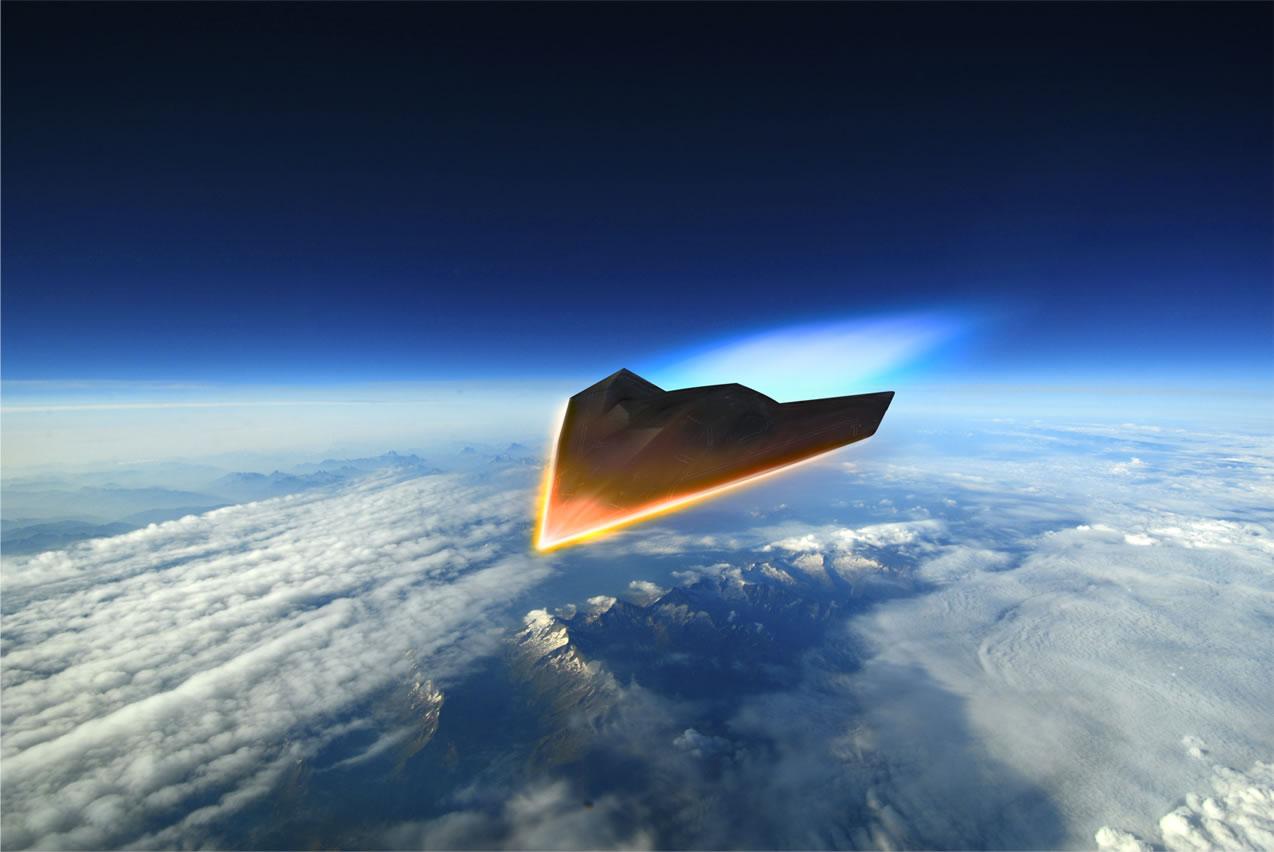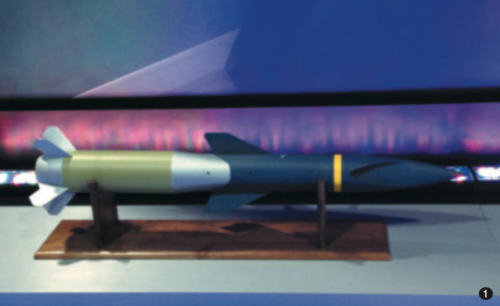Low Cost Attritable Strike UAS Demonstration
Solicitation Number: BAA-AFRL-RQKP-2015-0004
Agency: Department of the Air Force
Office: Air Force Materiel Command
Location: AFRL/RQK - WPAFB
Solicitation Number: BAA-AFRL-RQKP-2015-0004 Notice Type

resolicitation Synopsis: Added: Jun 03, 2015 1:01 pm
This effort will be directed at the development of a low cost attritable aircraft technology concept that will provide long range, high speed strike capability in remote regions where forward basing is difficult or prohibited.
Notice of Contract Action (NOCA)
Type: Other (Draft RFPs/RFIs, Responses to Questions, etc..)
Posted Date: June 4, 2015
BAA-AFRL-RQKP-2015-0004-NOCA-Rev.pdf (234.30 Kb)
Description: Administrative action to correct a typo in the Broad Agency Announcement Title and Purpose.
EDIT:
A single Cost-Reimbursement/Fixed Fee contract type is contemplated for a total amount of $7,450,000 for a 30 month effort. The anticipated amount is an estimate for the total amount only and is NOT a promise of funding. Funding is uncertain and is subject to change. Changes in availability occur at the discretion of the Government. Either a one step process or a two-step process will be contemplated for this BAA.


